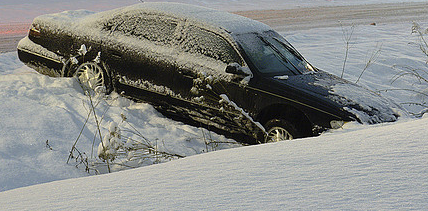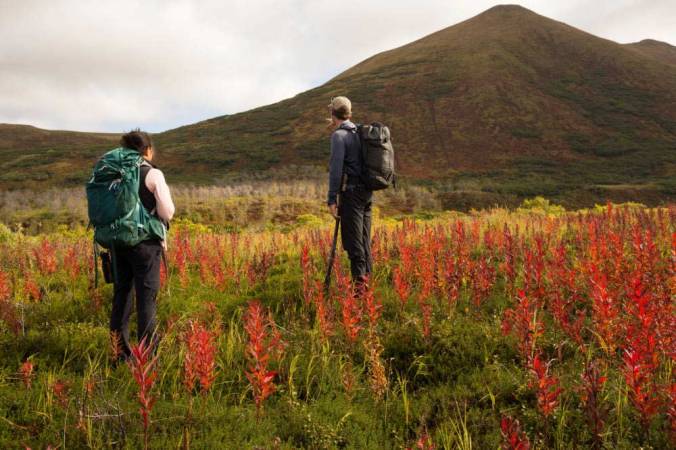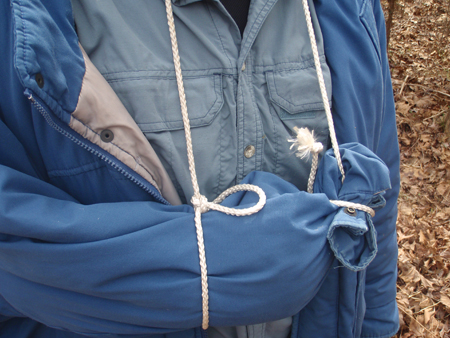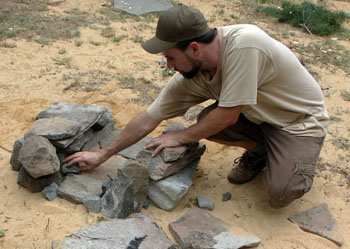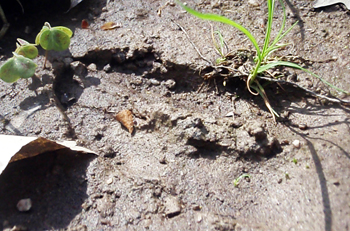If you fall overboard and you’re not wearing a personal flotation device (PFD), you’re probably going to die. In water colder than 60 degrees, shock and swimming failure make your chances of survival even slimmer. A PFD will keep you afloat after you’re no longer able to move your arms and legs. But if you go overboard at night, in fog, in choppy seas, or when someone didn’t see you go over, your chances are still slim. You might be out there floating around alive, but you might never be spotted and therefore never be rescued.
My own PFD is a floating survival kit with a heavy emphasis on the ability to signal for help. If I go over the rail, I want to let someone know I’m still out there so they can come get me.
Gear to Get You Found
1 My PFD is a Mustang Class III vest intended for near-coastal and inland water usage. Designed to be comfortable and nonrestrictive, it has four pockets with Velcro-close flaps and several large D-rings. Essential pieces of gear can be attached to the rings with lanyards. ($75; 360-676-1782; www.mustangsurvival.com)
2 The fabric is bright orange and can be seen from a distance. The vest also has large, highly reflective SOLAS (safety on land and sea) patches sewn across the shoulders and upper back, which shine brightly under a searchlight’s beam at night.
3 In one pocket I carry a Gerber folding knife with a 50/50 serrated blade ($20 from Wal-Mart). The knife is secured with a lanyard that stretches out to arm’s length.
4 A signal mirror ($14) is attached with a lanyard.
5 A waterproof whistle ($11) is also attached. A whistle carries much farther than the human voice over water and requires much less energy to blow.
6 Several SkyBlazer aerial marine flares ($29) are carried in a resealable plastic bag. The flares, whistle and mirror are available from West Marine (800-262-8464, www.westmarine.com).
7 Strapped to one shoulder is a waterproof rescue strobe (ACR C-Strobe, $29 from West Marine) that flashes a brilliant white light visible for two miles.
8 Clipped to the chest is an Orion Personal Marker Light ($9 from www.shipstore.com), a chemical light stick in a special capsule that will illuminate the area around me with a green glow.
9 One pocket contains a compact waterproof marine VHF radio that enables me to stay in voice contact with rescuers.
10 A small, waterproof GPS allows me to report my exact position to rescuers.
IT ALL ADDS UP
Does all this sound too expensive? For my PFD and basic signaling gear, I invested about $187. Add $180 for the waterproof radio (West Marine VHF100) and $140 for the waterproof Garmin Geko 201 GPS (also from West Marine), and I’m up to $507.
So far, not too bad. But there’s one more piece of equipment I have on my “ultimate PFD”–a personal-sized emergency position-indicating radio beacon (EPIRB). If I’m unable to use my waterproof radio (perhaps because I’m out of range), an EPIRB will signal my position to rescue units via satellite. The cost is $700 (ACR AquaFix 406 GPS 1, available from West Marine), bringing the total to $1,207.
Yes, it’s a lot of money–but how much is your life worth? I guarantee that if you’re ever floating around waiting for rescue, the cost of this survival gear will be worth every cent you paid.
What Would You Do?
You and your fishing buddy set up a boat camp on a beach in Secret Cove. After taking a spit bath one afternoon and washing out your socks and underwear, you put on some tennis shoes and walk to a bush to hang the clothes to dry. Suddenly, you feel a thump and a sharp pain near your ankle. You look down and see a small snake near your foot. What do you do?
A. Ignore it. Since it’s such a small snake, there’s really nothing to worry about.
B. Kill the snake.
C. Have your buddy cut crossed slits over the fang marks and suck out the venom.
D. Tie a tourniquet between the wound and your heart to stop the movement of venom.
What Do You Do? Answer
The answer is B. Snake venom varies tremendously among species, so kill the snake and bring it to the emergency room immediately so doctors can identify the problem and begin the proper treatment with antivenom. If you have a two-way radio or a cell phone, send for trained personnel who can stabilize you and call ahead to the hospital to have everything prepared for your arrival. ER personnel will need at least 30 minutes to prepare the antivenom.

